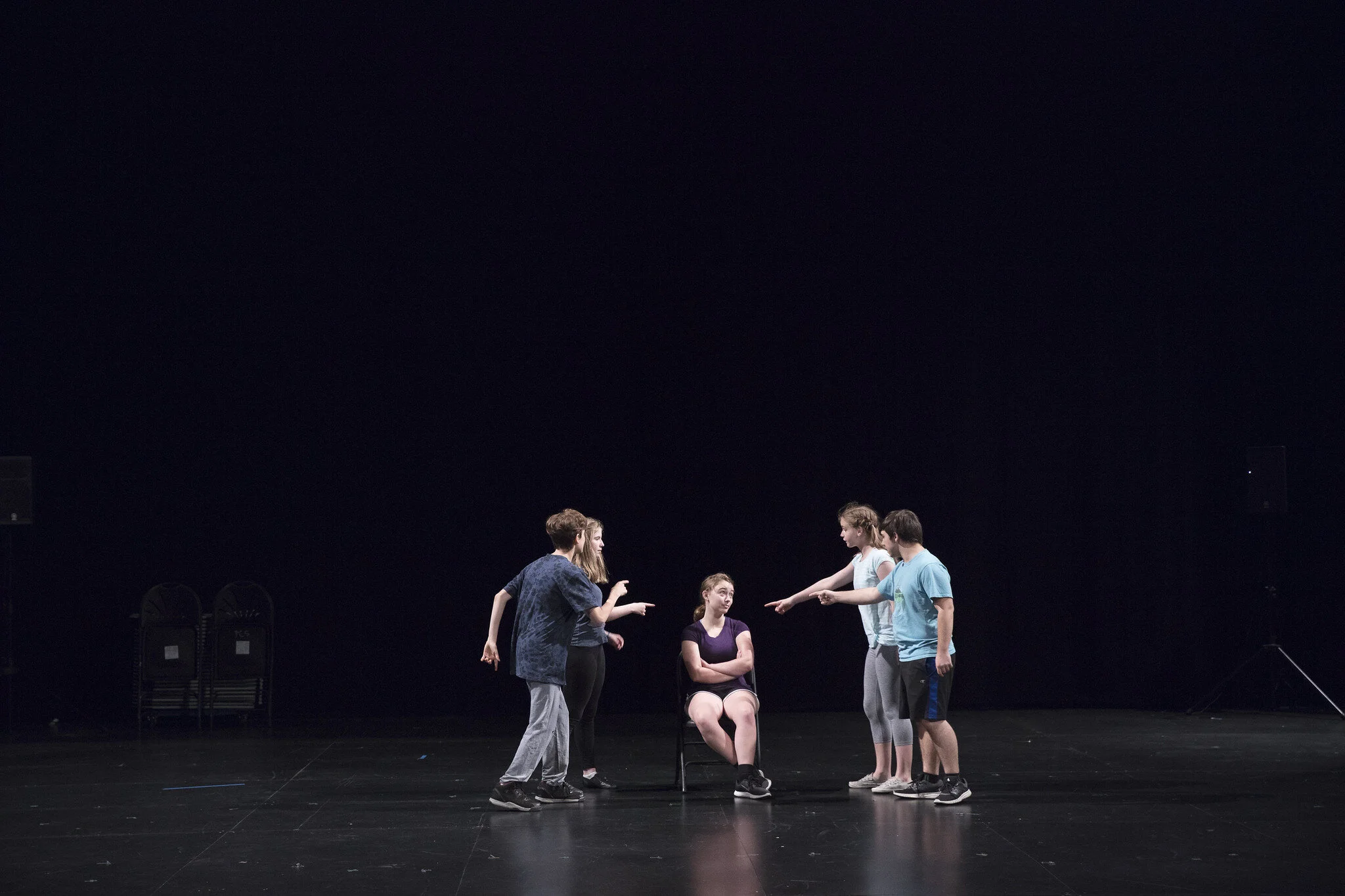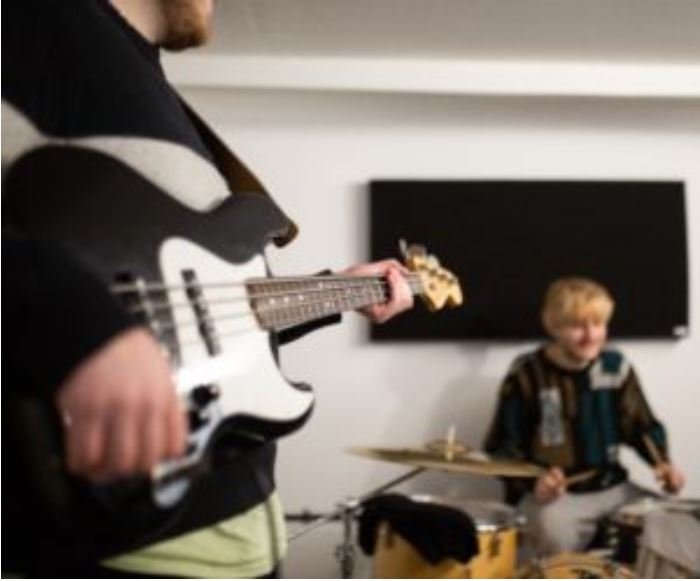Impact Investing Showcase: Focus on Creative Placemaking
This article is related to a recently completed custom research project ABA conducted on behalf of a member. ABA members receive access to the full report. Our research team is always delighted to speak with members about tailoring research projects to your organization. To learn more or submit a custom research request, simply contact your member advisor or email us at info@advisoryarts.com.
In a blog post earlier this year, the billionaire philanthropist MacKenzie Scott wrote of her decision to donate significant funds to a variety of overlooked sectors:
"Arts and cultural institutions can strengthen communities by transforming spaces, fostering empathy, reflecting community identity, advancing economic mobility, improving academic outcomes, lowering crime rates, and improving mental health.”
So often, cultural institutions focus on the power of the art form when telling our stories. Yet there are many avenues of impact our organizations can have, much broader than our audiences alone. How can we open ourselves up to new funding and engagement opportunities by aligning our impact with the principles so often used in larger social causes? And are there avenues for the arts to go beyond philanthropy, and access an investment ecosystem?
These were the questions we investigated in our latest study on the possible avenues for arts and cultural organizations in the impact investment sector. In our research, we came across a variety of innovative projects in the creative economy that were attracting new forms of funding. Throughout these examples, a trend emerged: the use of impact funds for “creative placemaking,” whereby a set of diverse community partners collaborate to build a local ecosystem of creativity that fuels economic growth, fosters social change and improves the physical environment. Contributors can include neighborhood residents, businesses, non-profits, churches, or government agencies.
Here are a few of the exciting examples we found around the world.
One of the leading champions for impact investing in the creative economy is Upstart Co-Lab, in the United States. In 2019, they partnered with the Local Initiatives Support Corp. (LISC) in New York to create the Inclusive Creative Economy Fund, which helps continue LISC’s work of supporting creative placemaking. The fund operates via loans, providing financial support to “mission-driven organizations that own, lease and manage affordable spaces for businesses in creative industries.” One beneficiary of $3 million in financing from LISC and Upstart Co-Lab was La MaMa, an experimental theater company that used the funding to renovate its facilities.
Across the country in Santa Fe, New Mexico, is Meow Wolf. What started as an artists collective in 2008 has grown into a company whose aim is to “create immersive and interactive experiences that transport audiences of all ages into fantastic realms of story and exploration.” Operating as a certified public benefit corporation (B Corp), the company prioritizes community impact in its work, which has now expanded to several locations — all while being structurally suited for financial investment.
In England, Nesta UK provides funding for innovative projects in the arts and cultural fields, including creative spaces like FutureYard CIC. The mission of this social enterprise is “to use music as a force for good in Birkenhead and the wider Wirral area, with the ambition to reimagine the role of a community music venue.” Having used Nesta UK funding to purchase an event space, they have worked to transform it into a hub for live music and artist development, which will create a vibrant arts community in the area.
Finally, while these examples have shown arts organizations and companies as beneficiaries of impact investing, it’s important to note that cultural institutions can be the investors as well — and in doing so, contribute to their own creative ecosystem. In Paris, The Louvre shifted 5% of its endowment towards mission-aligned investing, specifically in “artisan and traditional craft businesses, cultural tourism, cultural heritage and education.” While creative placemaking can take the form of physical structures, it can also refer to these less tangible communities an organization can foster through funding.
Interested in learning more about the greater impact arts organizations can have? Visit our Community Center for additional articles and resources.






